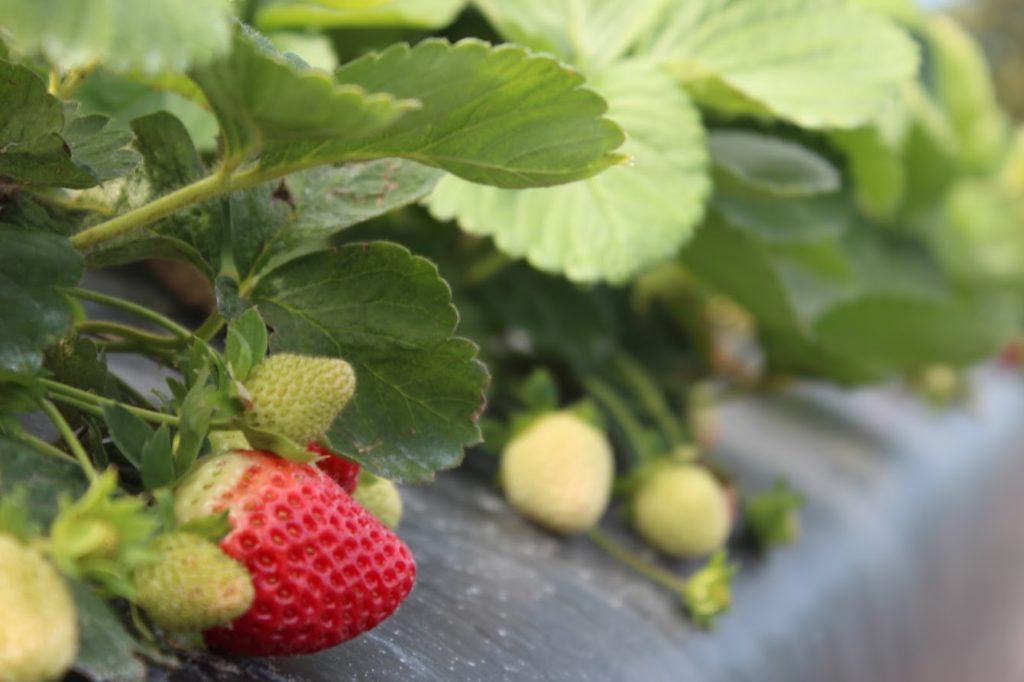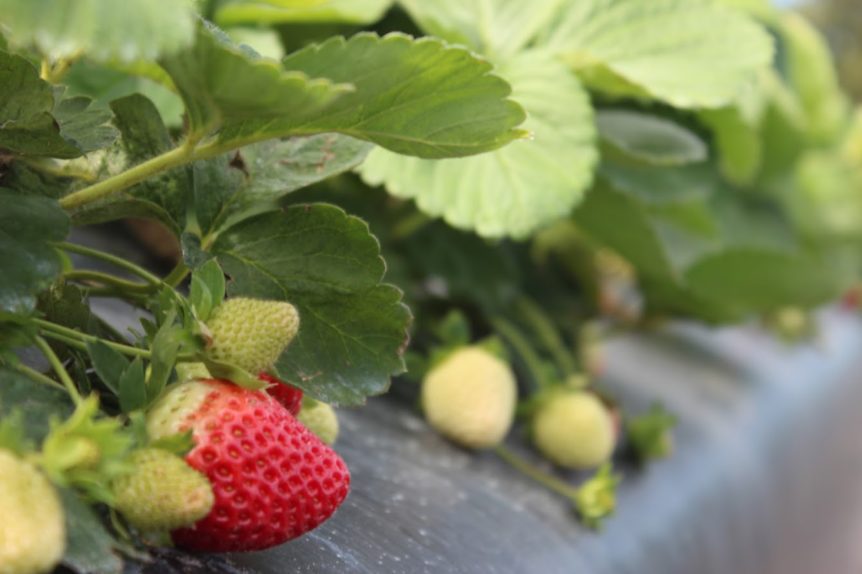
By Clint Thompson
Neopestalotiopsis disease has been problematic in some Georgia strawberry farms this year.
Drew Echols, owner of Jaemor Farms in Alto, Georgia, was not immune to the disease’s impact in North Georgia. However, he has a better outlook on this year’s crop compared to earlier in the season.
“I’ve got too many gaps in the field. But the plants that are here look phenomenal. They have a load of berries on them; good sized berries; a lot of blooms,” Echols said. “There’s no way that we’re going to come out of this and overcome the amount of plant loss that we had. But I feel a whole lot better about where I’m at right now than I did six or eight weeks ago.”
Disease Background
Neopestalotiopsis has been a danger to strawberry plants every year since it was first discovered during the 2018–19 season on five farms in Florida. The disease’s initial discovery was attributed to one nursery source in North Carolina. More than 20 farms experienced the disease during the 2019–20 season after it was attributed to two nursery sources early in the season in North Carolina and Canada.
It can lead to severe leaf spotting and blighting under favorable weather conditions, specifically during extended periods of wetness.
Plant source remains the biggest determining factor in the disease’s impact. Phil Brannen, University of Georgia (UGA) Cooperative Extension fruit disease specialist. noted last August that nurseries were canceling orders or advising plug plant growers and producers to take plants at their own risk because of the threat of the disease this year.
“There’s no question that it does spread but the plant sort of has to be inoculated with it from the nursery. It’s more likely to get it from the nursery than to get it from another plant beside it in the field,” Echols said. “It’s not an ideal situation.”










